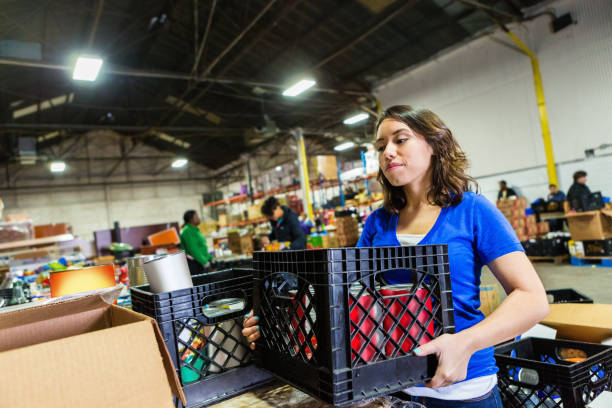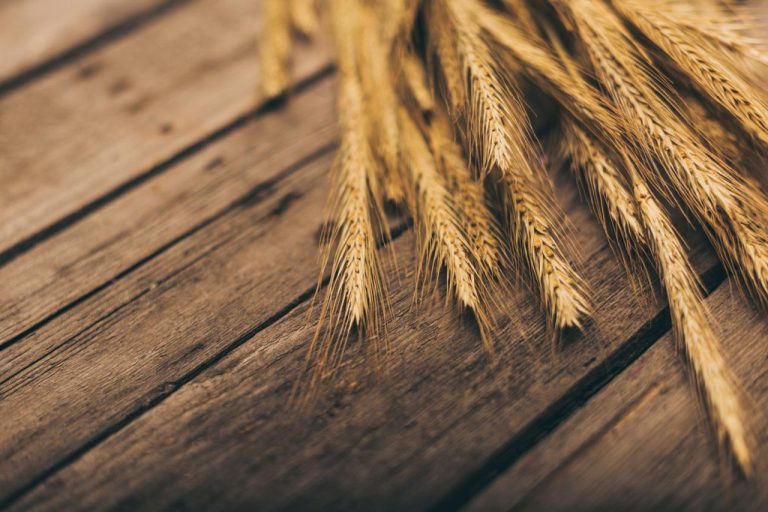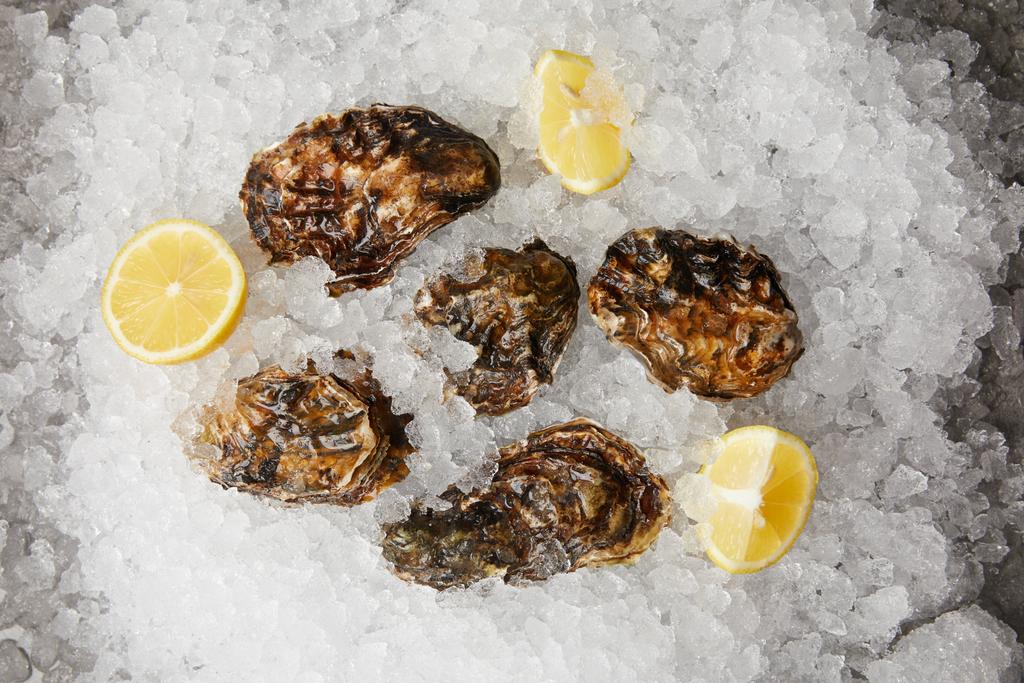Carrying heavy drinks makes every purchase tedious. That’s why we’ve picked out some useful tips that you can use to make it easier or even avoid lugging crates of drinks. For example, where you can order drinks online and how you can easily make sparkling water yourself.
1) The crate problem
Carrying heavy bottles or even crates full of drinks several times a week can not only be nerve-wracking, but it can also be harmful to your health. This is followed, for example, by back pain and a bad mood. Here you will find some alternatives that will make your drink consumption much easier.

2) Order drinks online
Probably the simplest solution is to order the drinks online and have them delivered to your home. You no longer have to carry heavy crates of drinks. Furthermore, ordering online is very quick and easy. Where and how you can best do this can be found at Ordering drinks on the Internet.
3) Make sparkling water yourself
When it comes to sparkling water, we recommend that you make it yourself using the soda stream. The German drinking water quality is very high, so you can easily use the tap water in most households to make sparkling water yourself.
How does this work?
To make sparkling water yourself, you can easily fill water from the tap into one of the Sodastream bottles. Pay attention to the marking. Then all you have to do is screw it into the device and press the big button down until you hear a loud noise. You can make your own sparkling water so quickly and easily.
Advantages of a sparkling water maker
Using a device like Sodastream is not only a time-saver, it is also cost-effective. The device only has to be purchased once and then you don’t have to pay any more money for your sparkling water. Plus, you no longer have to carry heavy crates full of water bottles. Accordingly, you have no or hardly any empties that have to be taken away and you also protect the environment at the same time. You can find more advantages and more information about these devices at water bubblers for mineral water.
5) person from the neighborhood

Alternatively, you can have your drinks or groceries brought to you by neighbors as a kind of messenger service. In this way, young people from your neighborhood could earn a little pocket money and you no longer have to carry heavy drinks with you. So it’s a win-win situation.
6) Carry heavy crates of drinks correctly
If it should happen that you have to help yourself, you should definitely pay attention to your posture when carrying it.



